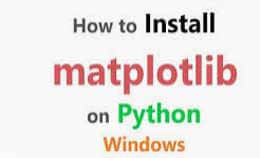

The grid will be sampled over all inputs in the grid namelist. The namelist grid describes the paramaters on which to calculate the grid. For a list of all options see section "basics defaults". At least you will have to specify the output directory. The namelist `` defines the global parameters for the grid. Output_dir = "wherever you want the output to be saved" The basic structure is the following: &basics It looks for a file called inlist_MESAPC. Similar to MESA, the input needed is a FORTRAN namelist file. home/user/Projects then set the environment variable using export MESAPC_DIR=/home/user/Projects/MESAPC If you have all the prerequisites installed, just install MESAPC with pip install MESAPCĪnd set the environmet variable MESAPC_DIR to the directory you are ready to go. Older versions of these modules have not been tested. MESAPC has been developed in a Python 3.7 environment using the following packages: To have this working properly, we strongly recommend working with a virtual environment. MESAPC makes use of of mulitple Python Libraries. The installation of MESA and the corresponding MESA SDK is straightforward. To run MESAPC you will need a working version of MESA. MESA is a one dimensional stellar evolution code widely used in stellar astrophysics (For more information please take a look at the intrument papers: MESA I, MESA II, MESA III, MESA IV and MESA V). It is easy to use as standalone routine using a FORTRAN namelist input file as well as part of an extended code. This is a library to calculate a grid (or multiple grids) of MESA models in an easy way using a Python implementation.





 0 kommentar(er)
0 kommentar(er)
